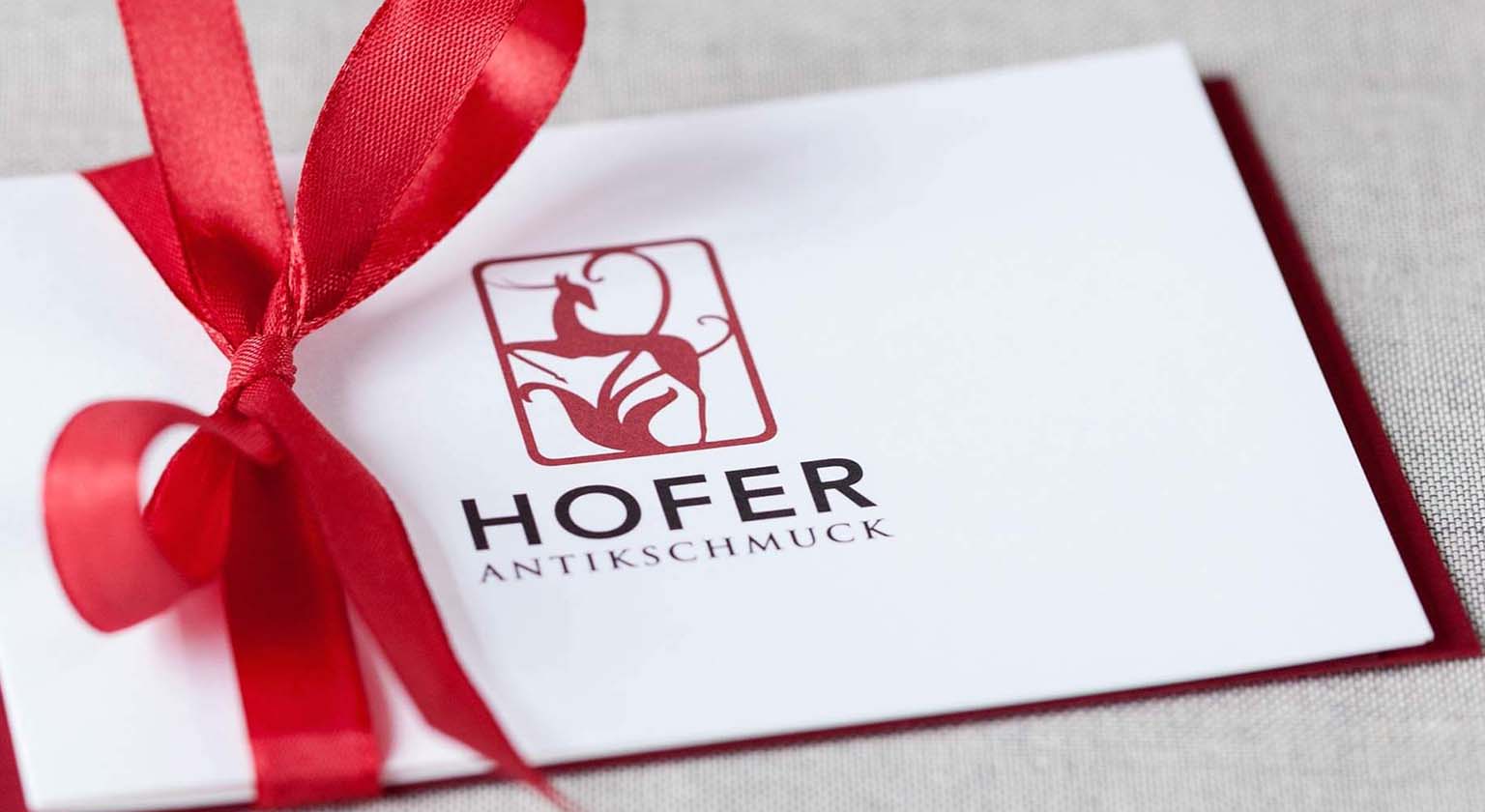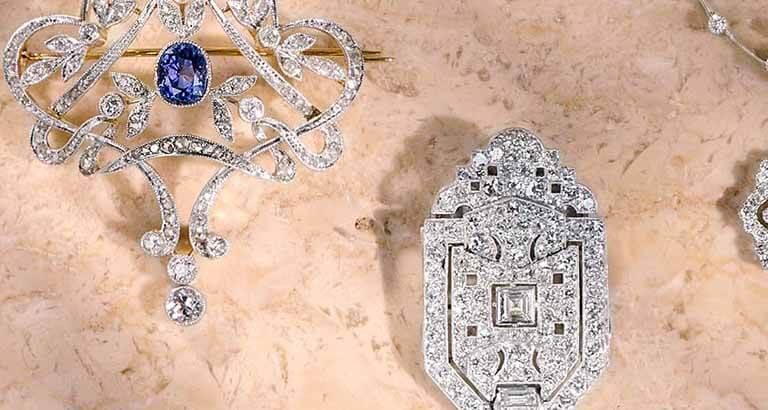olours and shapes are subject to constantly changing fashions. In the 19th century, people loved colourful designs in lavish, historic forms. Just before 1900, a countermovement set in that encouraged the opposite. Jewellery was now meant to be white and gleaming, richly set with diamonds, yet clear in its form. Up into the 1930s, this combination remained popular – and its elegance excites us still today.
White jewels are a celebration of light. Gas lighting and later electric lighting allowed to turn night into day towards the end of the 19th century. As a result, jewellery was able to shine at night like never before. At the grand balls in Paris, London and St. Petersburg, ever more extravagant diamond necklaces were displayed. Also in combination with tiaras, brooches and rings, every one of them was a dream made of white diamonds. Their forms were initially based on the Neoclassicism of Napoleon, showing tender leaves and geometric patterns. With the rise of early Modernism, the designs became less figurative and the rich forms of the Art Déco period prevailed.
At the same time new techniques and materials were used. The diamond cut was further perfected to allow the light of the stones to shine even brighter. But in which metal should the luminous stones be set? Up to now, silver has been used. But around 1890, Platinum was introduced by Cartier in Paris as an alternative. It hadn’t been used up until that time because the metal is so difficult to process. However, it did make more delicate forms and stone settings possible and has the advantage of never tarnishing.
Finally, white gold (known as “or gris”) was developed in 1912/13 as a low-cost alternative to expensive platinum and soon enjoyed worldwide popularity. With its cool, white colour, it suited the tastes of the time just as platinum did.











